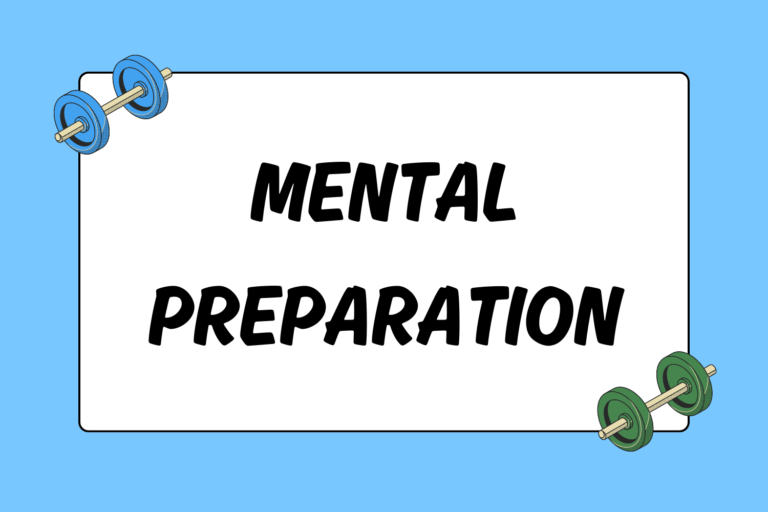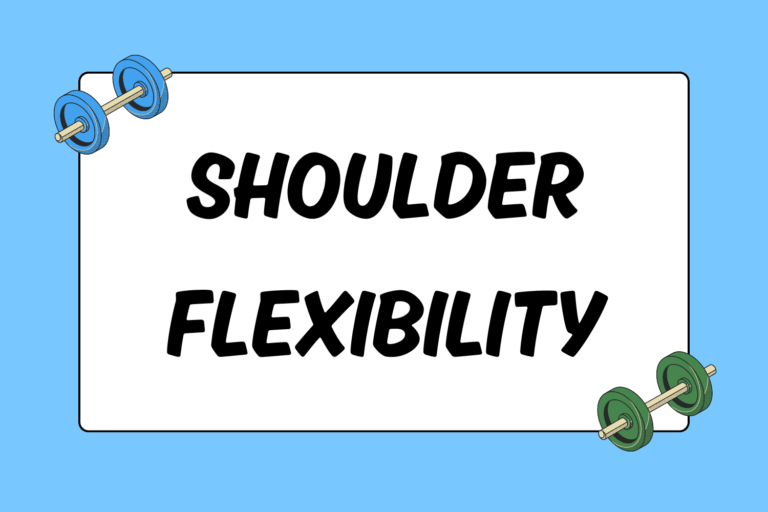Though many gyms spend tens of thousands of dollars on various pieces of equipment, one of the best (and underutilized) exercise machines is the human body. Bodyweight exercises — exercises that rely only on your bodyweight, as the name implies — provide a means to a simple and easy-to-do workout that can be performed almost anywhere. This guide explores the overall benefits of bodyweight exercises and provides several different bodyweight workouts.
Benefits of Bodyweight Training
Aside from being able to do them almost anywhere, most bodyweight exercises also use the entire body and engage the deep core muscles, as opposed to other freeweight or machine-based exercises that isolate a particular muscle group. Here’s a list of several other reasons that bodyweight training is uniquely beneficial:
Quick route to fitness:
Bodyweight exercises, by design, are easy to do and easy to do quickly. Multiple sets of bodyweight exercises, in succession with a short rest period in between each set, will have a greater impact than exercising with machines and weights. Such training has been proven to burn a higher amount of fat due to an increase in the body’s resting metabolic rate.
Weight loss:
Performing 30 minutes of vigorous bodyweight exercises will signal the brain to secrete endorphins, which act as a stress reliever and also improve appetite control. Reducing stress and the release of endorphins complements every weight-loss program.
Increased strength:
Whether you’re new to working out or you’re already fit and want to build power, bodyweight exercises are an easy and safe way to get stronger. You can use progressions, modifications, and leverage to intensify a movement or adjust the movement to fit your current fitness level.
Injury prevention:
Lifting heavy loads increases your risk of injury or soreness of the joints. Performing bodyweight exercises (correctly!) is far safer and easier on your body than lifting heavy amounts.
Bodyweight Exercises
Again, just as the name implies, bodyweight exercises rely only on your body’s weight and resistance to do the “work” of the exercise. Below are several different examples and types of bodyweight exercises – each with a brief outline of how to perform it. There are many different variations of each exercise listed here, so don’t be surprised if you’ve done one of these exercises before in a different way.
Mental Edge
Although not a bodyweight exercise exactly, swimming is a great fitness activity that engages multiple major muscle groups. Including some swimming as a cardio addition would make a perfect addition to a bodyweight exercise routine.
The Jumping Jack
Though it has a bit of an ‘old school’ reputation, the jumping jack is one of the best plyometric and cardiovascular exercises out there. A popular warm-up exercise for sports conditioning, jumping jacks will get your heart rate up in no time.
Follow these steps to perform a jumping jack:
- Start from a standing position with your feet shoulder-width apart.
- Jump slightly off the ground and spread your feet so there’s two to three feet of space between them.
- Simultaneously raise your arms, bend your elbows slightly, and bring your hands together over your head so your fingers touch.
- Jump slightly off the ground again, and return to a normal standing position.
The Push-up
Push-ups are another tried-and-true exercise, and they work your arms, chest, back, and core. Start by getting into ‘push-up position’— hands approximately shoulder width apart, arms straight and supporting your upper body. Lower your torso to the ground until your elbows form a 90-degree angle, and then engage your arms and core to raise your body back to the starting position. Be sure to keep your back straight and butt down throughout the sequence.
The Squat
The squat is a compound (multi-joint) exercise that works the thighs, hips, gluteus, quads, and hamstrings, and it’s one of the best lower-body exercises you can do.
Here’s how to perform a standard squat:
- Begin with your feet hip-width apart.
- Lower your body until your glutes are in line with your knees, which should be bent approximately 90 degrees.
- Make sure to keep your knees behind your toes. Keep most of your weight back on your heels as you bend your knees.
As you come up from the squat, keep a slight bend in your knees so they don’t lock. This will both keep your leg muscles engaged throughout the entire exercise, and reduce the amount of strain on your knees.
The Single-leg Dead Lift
When performed correctly, the single-leg dead lift engages all the muscles up the posterior chain — the muscles on the backside of the body, which are typically ignored. It’s also a core exercise, requiring you to balance as you complete the movement.
Follow these steps to execute a single-leg dead lift:
- Pick one foot up off the ground so you’re standing on one leg, being sure to keep your knee unlocked (completely straight).
- Bend at the hips and lower your torso so it’s parallel to the floor, and try to brush or touch the ground.
- As you lower your torso, your other leg should naturally lift behind you for balance; be sure to keep this leg straight.
- Hold the lowered position for a moment, and then raise your torso back up so you’re in a standing position, staying on one foot the entire time.
The Bicycle Crunch
The bicycle crunch is one of the best abdominal exercises you can perform, as it requires rotation and deep stabilization of the core. It’s also believed to activate more muscle fibers than the standard crunch.
Here’s how perform a bicycle crunch:
- Start by lying down and locking your hands behind your head.
- Lift your head and shoulders off the ground (using your hands to support, and not pull, your neck), while bending your knees to bring your legs close to your chest.
- Point your elbows at your knees, and then rotate your upper body so your right elbow moves towards your left knee. As you do this, straighten your right leg out.
- Keeping your abs engaged, rotate your upper body the other way and bend your right leg, so your left elbow moves towards your right knee.
- Straighten your left leg as you do so.
Repeat this maneuver for a set amount of time or number of repetitions.
A Simple & Effective Workout
While they’re certainly not the flashiest means to a workout, bodyweight exercises are a great way to get and stay in shape without having to rely on access to a gym. Spending 30 minutes a day performing a series of bodyweight exercises is a sure-fire way to jumpstart any fitness routine.





